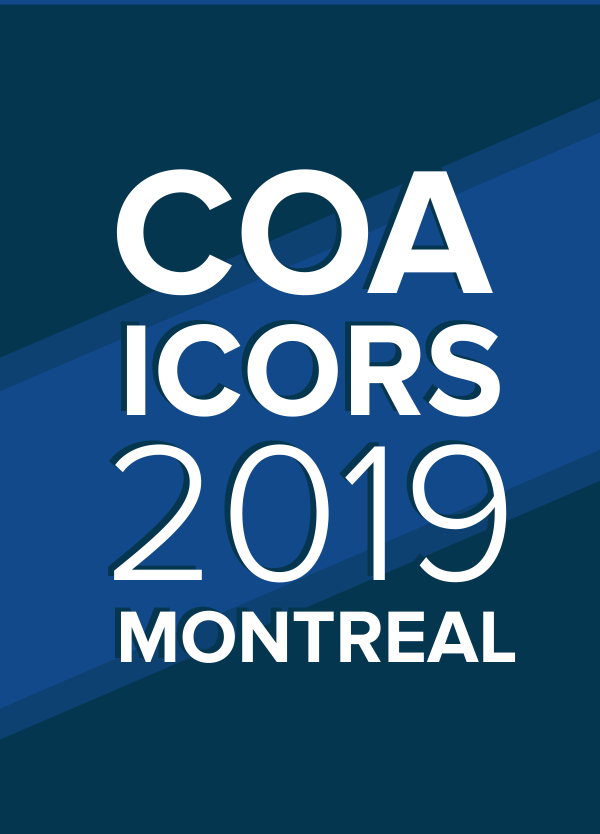
COA/ICORS2019: Fewer dressing changes but increase in blister formation with iNPWT in arthroplasty .
Negative Pressure Wound Therapy Versus Standard Dressings in Arthroplasty: A Systematic Review and Meta-Analysis
5 studies were included in this meta-analysis which compared incisional negative pressure wound therapy (iNPWT) and standard dressing in patients undergoing arthroplasty. MEDLINE, EMBASE, Cochrane CENTRAL, SPORTDiscus, CINAHL and Web of Science, as well as grey literature and trial registries, were searched for relevant articles. The results revealed no significant difference between iNPWT and standard dressing in the relative risk of wound drainage or seroma. A1 significantly lower rate of dressing change was observed with iNPWT, but also a higher relative risk of blister formation compared to the standard dressing.
Unlock the Full ACE Report
You have access to 4 more FREE articles this month.
Click below to unlock and view this ACE Reports
Unlock Now
Critical appraisals of the latest, high-impact randomized controlled trials and systematic reviews in orthopaedics
Access to OrthoEvidence podcast content, including collaborations with the Journal of Bone and Joint Surgery, interviews with internationally recognized surgeons, and roundtable discussions on orthopaedic news and topics
Subscription to The Pulse, a twice-weekly evidence-based newsletter designed to help you make better clinical decisions
Exclusive access to original content articles, including in-house systematic reviews, and articles on health research methods and hot orthopaedic topics































































